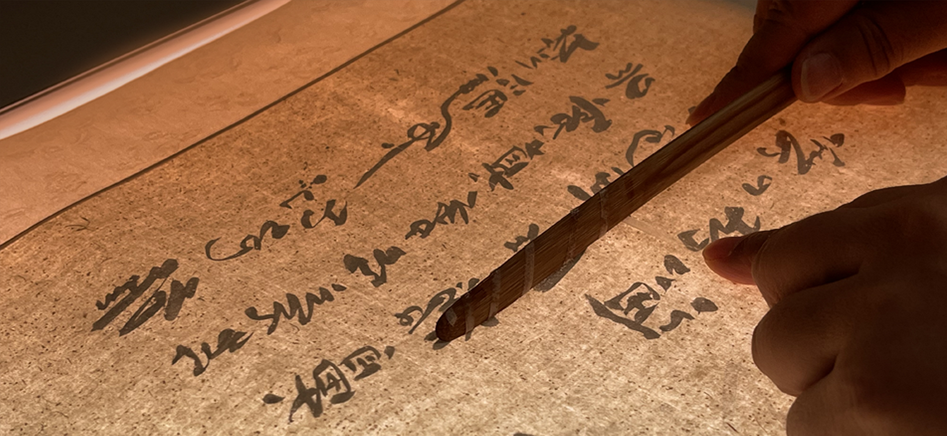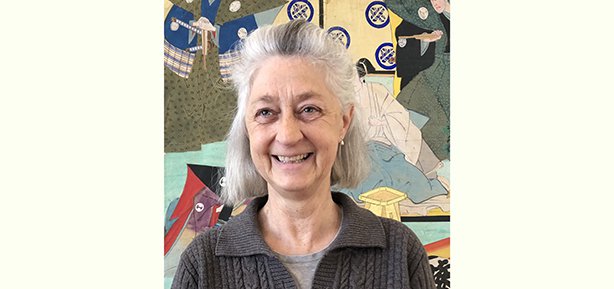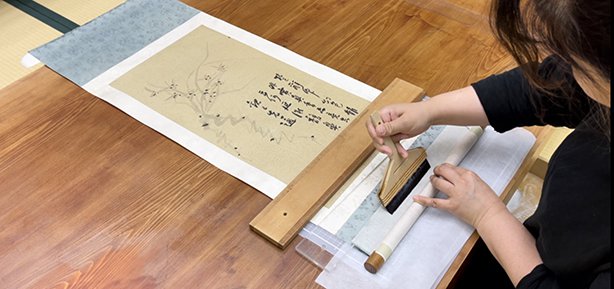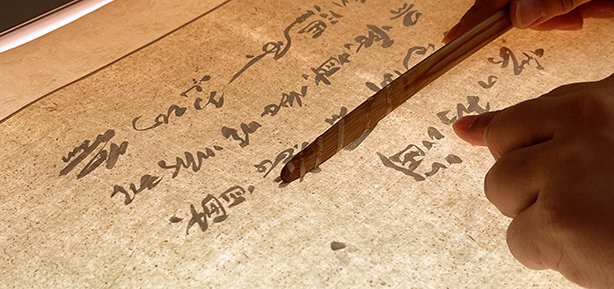Korean Arts Conservation

This is a wonderful opportunity to learn from conservator Dr. Meejung Kim-Marandet about conservation of Korean painting.
This talk will be delivered in two sessions. The first will take the form of a conversation between Dr. Meejung Kim-Marandet and Susan Catcher (Senior Paper Conservator, V&A). The first session will introduce Amore Pacific Conservation Project, followed by an in-depth talk covering the process of scroll mounting and conservation treatment of ‘Mukrando’, a Korean traditional scroll painting preserved by her.
The second session will take place in the British Museum, with Sang-Ah Kim (Curator of Korean Pavillion, British Museum) and Dr. Meejung Kim-Marandet (Amorepacific Conservator for Korean Paintings, British Museum).
The First Session
- Date: 19 (Thu) January 18:00-19:30pm
- Venue: The Korean Cultural Centre UK
- Lecturer: Meejung Kim-Marandet (Amorepacific Conservator for Korean Paintings, British Museum)
- Moderator: Susan Catcher (Senior Paper Conservator, V&A)
The Second Session
- Date: 20 (Fri) January 18:00-18:40pm
- Venue: The Korea Gallery, The British Museum
*A guided tour by Sang Ah Kim (Curator for the Korean collections) and Meejung Kim-Marandet (Amorepacific Conservator for Korean Paintings, British Museum)
- How to Apply: E-mail to info@kccuk.org.uk or call 020 7004 2600 with your name and contact details. And please indicate which session(s) will you take part in.
[This event will be audio and video recorded. By attending this event, you are consenting to be recorded]
About the Speaker
Meejung Kim-Marandet is the Amorepacific Conservator for Korean Paintings at the British Museum. She studied art history at Hong-Ik University, Seoul, and then completed a BA and a MA in Conservation-Restoration of Cultural Property at Paris-1 Pantheon-Sorbonne University. A specialist of hanji paper, she trained in traditional East Asian methods of conservation and remounting at the Hirayama Studio in the Collection Care Department at the British Museum. She first came to the Hirayama Studio as an intern in 2009 before working as a doctoral fellow in 2012. She was then appointed East Asian Paintings Conservator in 2014. In 2018, she received her doctorate at Paris-4 Sorbonne University with a dissertation on the mounting of Joseon-dynasty Korean paintings. She has presented papers on her research at several conferences, notably at the National Maritime Museum, Greenwich (2013), the IIC Hong Kong Congress (2014), the Institut National d'Histoire de l'Art, Paris (2014 and 2016), the Mission Museum of Sankt Ottilien Archabbey, Sankt Ottilien (2018), and the Metropolitan Museum of Art, New York (2019). Her most recent publications include ‘Aux origines de la conservation des peintures coréennes: le constat d’état du Portrait du roi Taejo et sa conservation (1763-1764)’, Support Tracé, 2018, and, with Diego Tamburini, ‘Dye identification in mounting textiles of traditional Korean paintings from the late Joseon dynasty’, Heritage, 2022.

About the moderator
Susan Catcher initially qualified in textiles and used this specialism to work as a local teacher in Kenya for three years. Whilst living and travelling in East Africa she studied for a BA honours degree in art history and on returning to the UK attended Camberwell College of Arts, London graduating with an MA in Conservation in 1998. After a period of freelance work, she completed an internship in paper conservation at the Victoria and Albert Museum and never really left. She is currently a Senior Paper Conservator in charge of loans with an interest in mixed-media objects whilst also specializing in East Asian art. She was the lead conservator for the acclaimed exhibition ‘Masterpieces of Chinese Painting’ in 2016 and the more recent Hallyu: The Korea Wave exhibition currently showing at the V&A. In 2014, She was awarded the Queen Elizabeth Scholarship to spend time at Nanjing Museum, China to refine her ink rubbing and scroll mounting skills, including research and to establish international links with Chinese conservation colleagues. The joint investigating into the use of Japanese papers on Chinese objects to eradicate an ongoing problem in the repair of scrolls produced a publishable paper. Recent placements in Japan and Korea contrasting the manufacture of paper using mulberry fibres has led to a collaborative project in the conservation of a hwarot textile embroidery panel.








